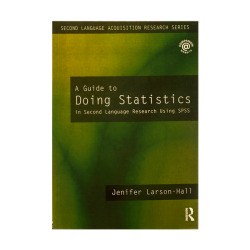Part I Languages and Communities
Part I Languages and Communities
Book Name: An Introduction to Sociolinguistics
Writer: Ronald Wardhaugh
Saeed Mojarradi: Ph.D. Candidate
We use the term variety as a general term for a way of speaking.
This may be something as broad as a standard English, a variety defined in terms of location and social class such as lower class, New York City speech, or something defined by its functions or where it is used such as legalese or cocktail party talk.
Language or dialect
For many people there can be no confusion at all about what language do they speak. For example, they are Chinese, Japanese, or Korean and they speak Chinese, Japanese and Korean, respectively.
In these cases, many people see language and ethnicity or nationality has virtually synonymous. there is no one to one correlation between these categories.
Some people are both Chinese and American, or may identify as simply Canadian, not Korean Canadian, regardless of what languages they speak.
Linguists use the term vernacular to refer to the language a person grows up with and uses in everyday life in ordinary, commonplace, social interactions.
We should note that so called Vernacular may meet with social disapproval from others who favor another variety, especially if they favor a variety heavily influenced by the written form of the language.
Haugen (1966) has pointed out that language and dialect are ambiguous terms. Although Ordinary people use these terms quite freely in a speech ,for them a dialect is almost certainly no more than in local non – prestigious .
In contrast, the scholars may experience considerable difficulty in deciding whether one term should be used rather than the other in certain situations.



